Mandrake, officinarum (Mandragora officinarum), packet of 13 seeds, fresh, (undried), packed in moist medium, organic
$24.95
Family: Nightshade (Solanaceae)
Hardy to Zones 6 to 10
(White Mandrake, Mandragora officinalis) Perennial. Native to southeastern Europe and the Mediterranean. Rare. Traditional usage (TWM): fertility, aphrodisiac, a magical totem, relieve pain, promote sleep. Source of tropane alkaloids–do not ingest. Plant prefers alkaline pH—deep, sandy soils, dry, in the part-shade. The plant begins its vegetative cycle in the midwinter, flowers in the spring, fruits, and goes quickly dormant in the summer, then re-sprouts from beneath the callus in late winter. Keep crowns in perfect drainage. I plant mine in deep sand mulch on the shady side of rocks. Flower color is lavender. Flower to 16 inches, giving way to green, apple-like fruits that eventually turn yellowish and soft before harvest. The smell is exquisite. Sow seeds as soon as possible upon receipt. Sow about 1/4 inch deep in sandy, alkaline mix in a flat or preferably in a gallon pot. Place flat or pot in the shadehouse or in the greenhouse in a relatively cool, shaded area. Lacking the shadehouse or the greenhouse, you might try a sheltered spot outdoors, or even a germination setup with lights. Fresh seed germinates at a high rate of germ in 8 months, sometimes faster. Space plants 2 to 3 feet apart.
13 fresh seeds per packet, Certified Organically Grown [USA ONLY, NO INTERNATIONAL SALES]
No replacements on mandrake seed.
NOTE: We ran four concurrent germ tests with the fresh and newly-dried seed. The best germination occurred in seed that was left absolutely fresh and undried, merely washed and cleaned, then planted immediately in fast-draining soil in outdoor conditions in our shadehouse. The germination period was eight months (from July 10 to March 3). 108 seeds were planted, and 76 sprouts were observed. This is a germ rate of 70.37%. RAC
In stock


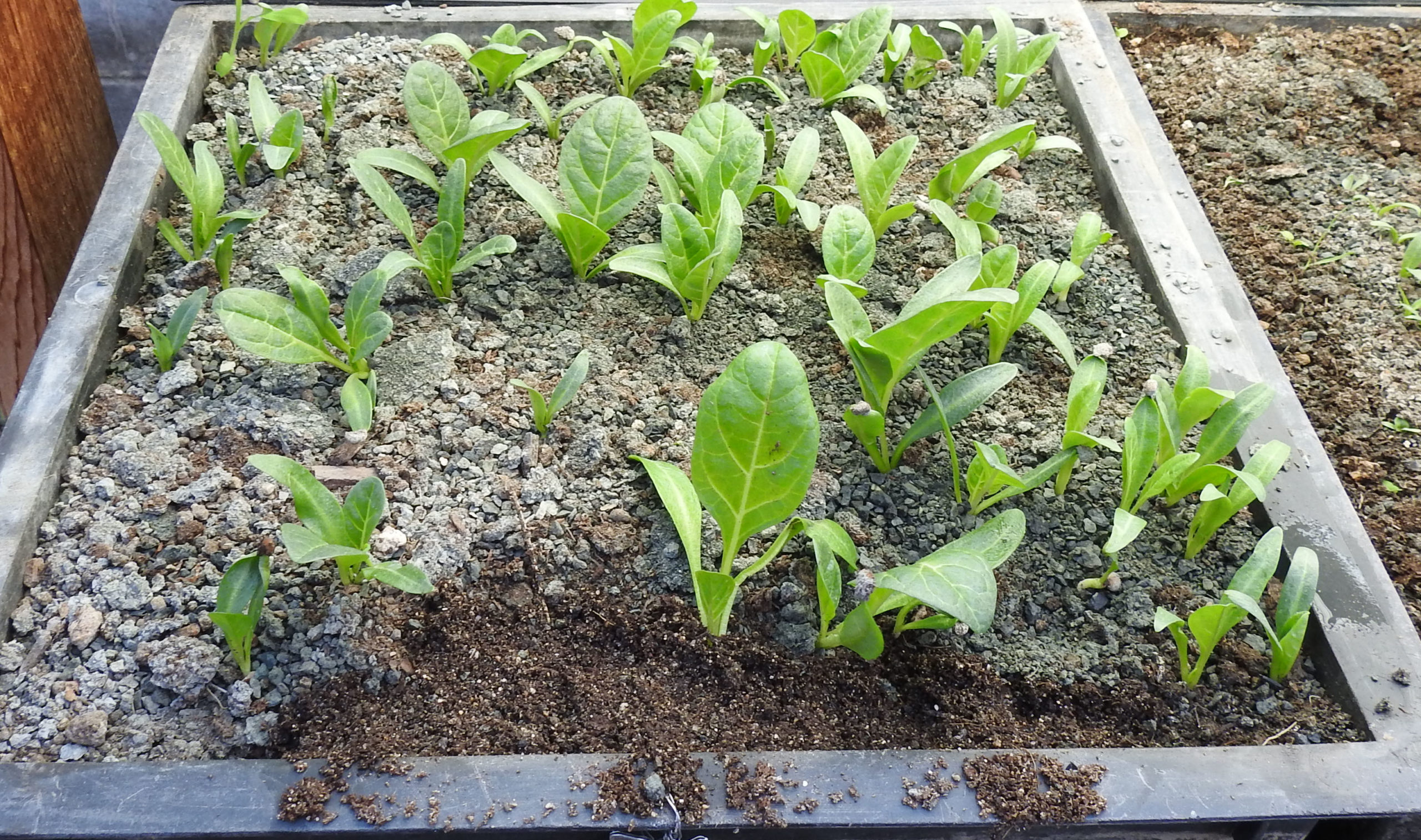

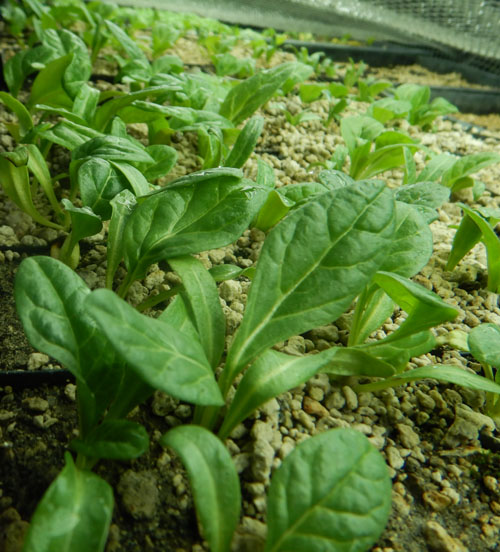
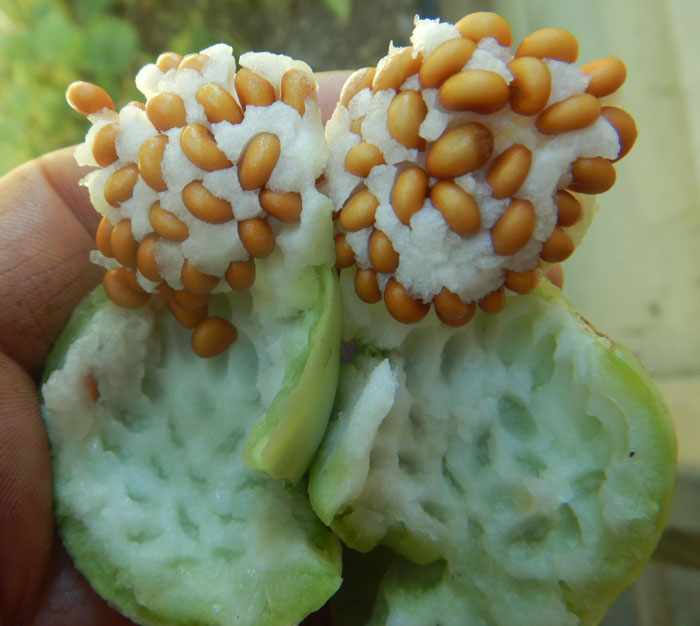
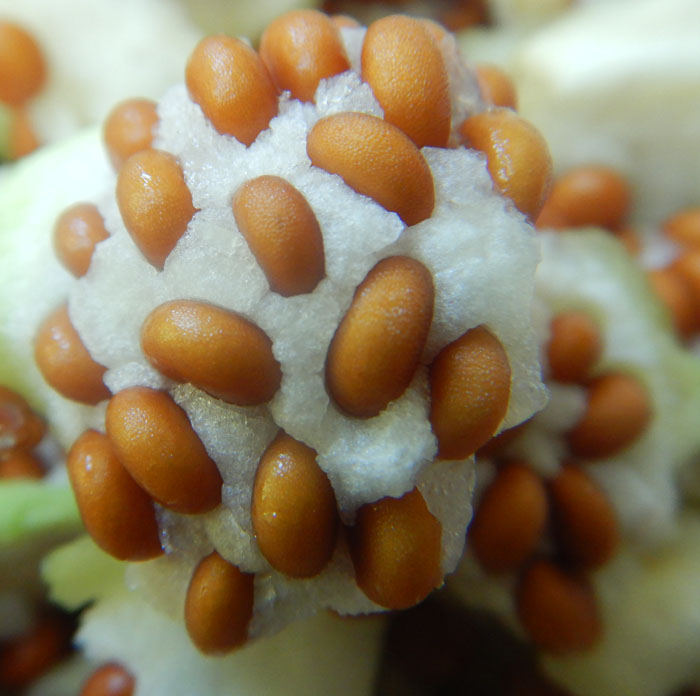
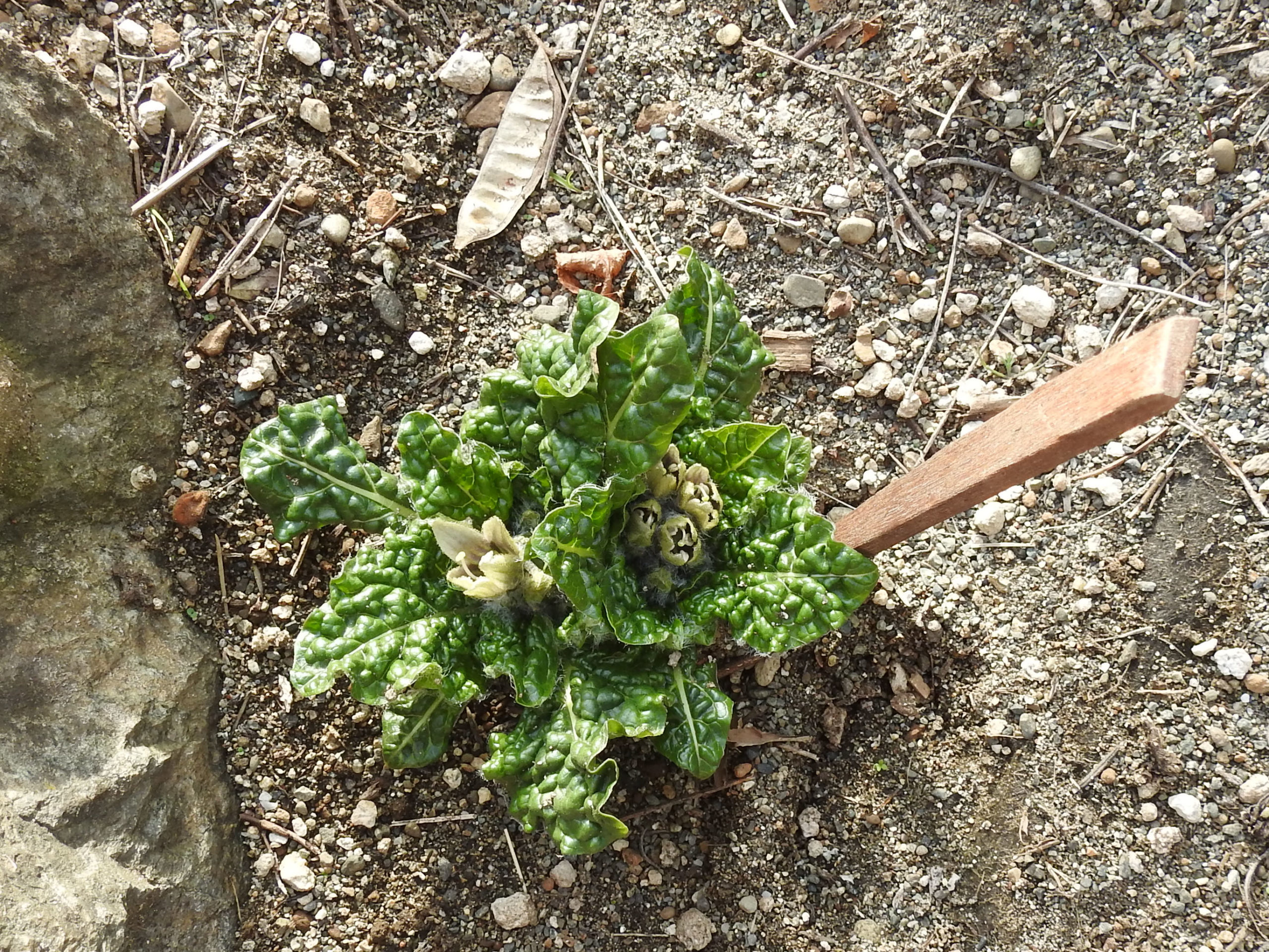
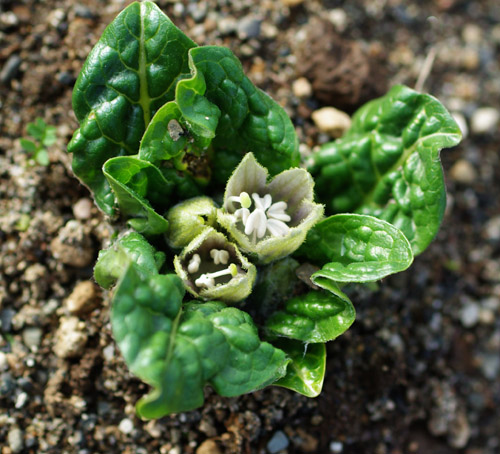
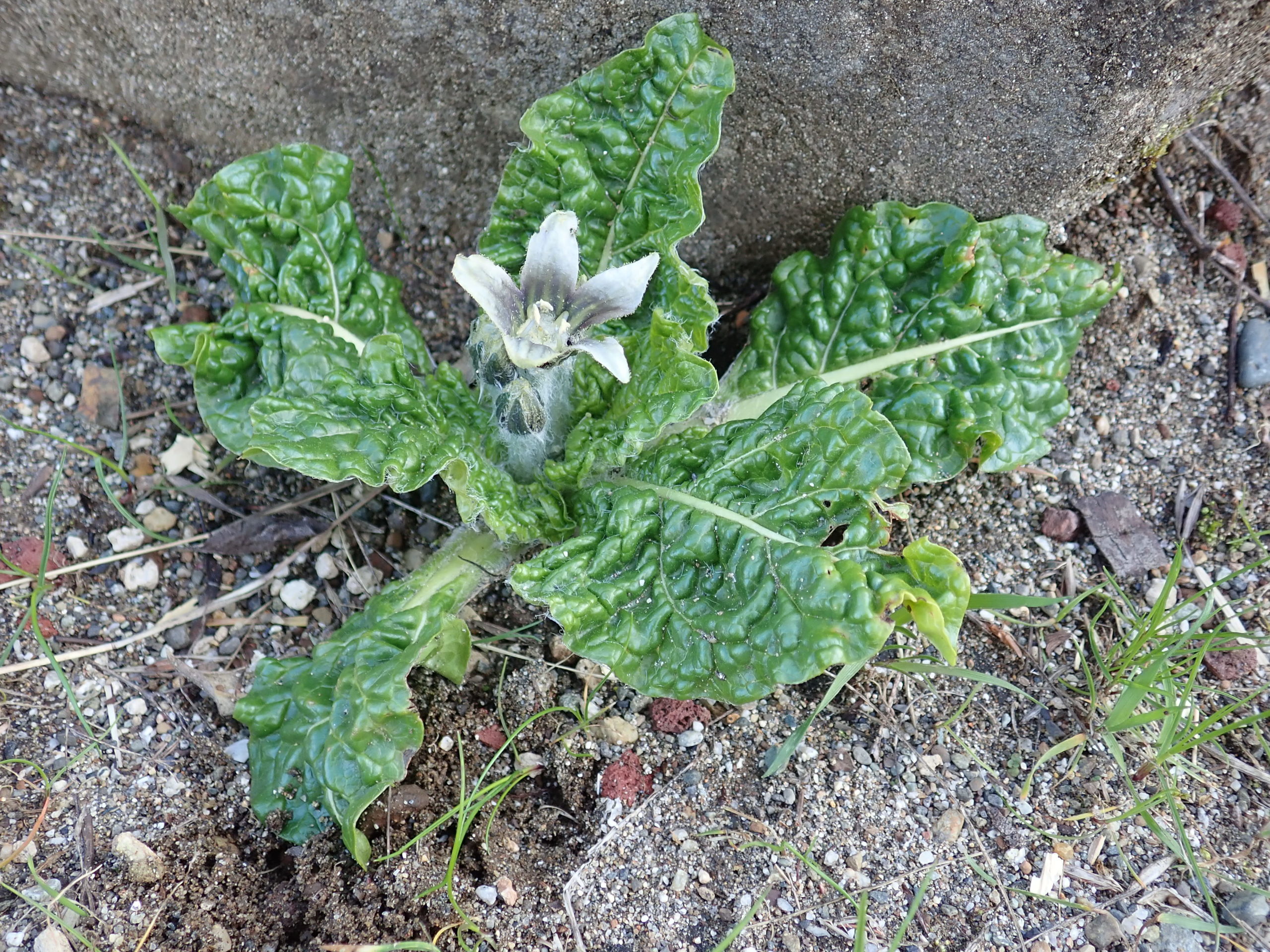
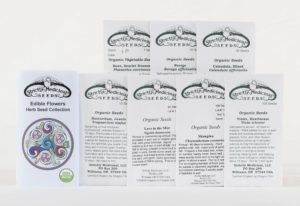

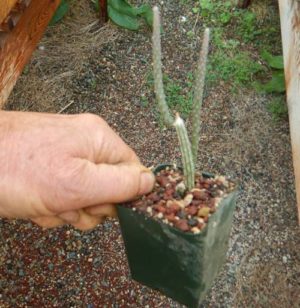

falxifer1 (verified owner) –
(If not taken freshly from the fruit and kept moist and cool with damp peat moss, their germination rate and time can go down real FAST making them near impossible for me to getminate.Richo, the owner of STRICLY MEDICINAL SEEDS, and his staff are soley responsible for bringing this plant back from extinction and the only seller that i know of in America that has done this! Great Work STRICTLY!
Upvote if this was helpful (0) Downvote if this was not helpful (0) Watch Unwatch Flag for removal
Nadiia (verified owner) –
I bought 13 seeds in March and planted them right away. I was SO surprised to see, that 3 sprouted after one week. Very excited to plant them in ground, maybe in fall.
Upvote if this was helpful (0) Downvote if this was not helpful (0) Watch Unwatch Flag for removal
adamjeanchristopher (verified owner) –
First off, a HUMONGOUS thank you to all of you at Strictly for the experience, time, and effort you put in.
i would also like to thank miss jennifer.schonberger for her review, it was incredibly helpful— especially given my lack of experience with ‘sandy soil’ plants!
And one more thank you, for the incredible care in wrapping and shipping—every plant, and the mandragora seeds, i’ve received from you has arrived beautifully undamaged.
Thank you, thank you—for all the plants and joy you’ve brought to my garden over the years ( :
Upvote if this was helpful (0) Downvote if this was not helpful (0) Watch Unwatch Flag for removal
jennifer.schonberger (verified owner) –
When I ordered these from Strictly Medicinal I wasn’t sure what to expect. When I gently opened my first packet of moist mandrake seeds (mid December) my heart was beating fast. When I found several seeds had sprouted, my heart beat faster. I did not plant the seeds immediately upon receipt, but a week at room temperature seemed not to hurt them. It just happened that I planted them on the solstice.
I used cactus soil, sand, a dash of lime, a dash of compost, and gratitude. In retrospect I could have used smaller pots and I would have filled soil right up to the top. The germination rate was amazing. From the very first moment I spoke to these beauties, I noticed a glistening sheen showed on the leaves. I’m listening and learning all I can. The “The Medicinal Herb Grower” book by Richo Cech was a big help.
Thank you Richo, for sharing your wisdom. It’s an honor to cultivate such a beautiful plant.
Upvote if this was helpful (1) Downvote if this was not helpful (0) Watch Unwatch Flag for removal
Richo Cech –
hi jennifer, thank you for caring enough to write this review and send a photo. mandrake never ceases to amaze. the sheen on the leaves appears to be a biofilm–a very good sign. r
Upvote if this was helpful (1) Downvote if this was not helpful (0) Flag for removal
Claire Drouault (verified owner) –
Got excited after watching your podcast showing you caring for actual mandrake plants in your garden! Just had to reorder more fresh seeds! I live on a heavily wooded lot and my direct sun is very limited so I’ve been transplanting baby plants to large pots on my deck. I was becoming discouraged lately because some of my mandrakes have been going dormant and others haven’t. I thought the dormant ones had died after transplanting but when I broke open the starter plugs I found roots! I was even more surprised to find roots in the starter plugs I had given up on because I thought they didn’t “take.” I transplanted them and watered them and some of them are leafing! It also occurred to me that, because the seeds are planted only 1/8″ deep, water draining into the catch trays does not mean the seed is sufficiently hydrated so I’m watering more often but a lot less each time. And I’m making sure my “water birds” aren’t buried too deep. Living and learning and loving it!
Upvote if this was helpful (1) Downvote if this was not helpful (0) Watch Unwatch Flag for removal
Richo Cech –
this makes perfect sense to me. Mandragora is always full of surprises. On my side, I’m seeing out-of-season emergence on both officinarum and turcomanica, while the autumnalis, which is supposed to be showing, is largely dormant. turcomanica seeds, planted from fresh seeds, are just now germinating–a long wait! we had plenty of seeds or officinarum this year so your order for fresh seeds is appreciated. I’m playing with the idea of re-enabling potted plant sales, on the basis of a lot of officinarum seedlings resurfacing–like yours did–but its hard to justify disappointing hundreds and rewarding a few score of people on the waitlist. i need to meditate on this. r
Upvote if this was helpful (7) Downvote if this was not helpful (0) Flag for removal
Question
OstaraMoon (verified owner) –
Hi Richo, I have a couple of questions:
1) With fresh seeds, would using GA3 help or hurt the germination process (if they have not germinated already during shipment)?
2) It’s very hot and humid right now (daytime temp is mid-90s with at least 50% humidity), even in shade… Would that prevent fresh seeds from germinating? I’m trying to decide whether to get fresh seeds that need planting right now, vs dried seeds that require cold treatment (which will push the planting date to at least September when the temp is slightly cooler).
Thank you so much in advance!
Amy
Upvote if this was helpful (0) Downvote if this was not helpful (0) Watch Unwatch Flag for removal
Richo Cech –
Hello Ostara, I believe GA3 would help the seeds germinate. I believe our freshly harvested seeds are more likely to provide satisfaction than the dried seeds. I believe it works best to plant them warm immediately on receipt, not wait. Richo
Upvote if this was helpful (3) Downvote if this was not helpful (0) Flag for removal
Question
april –
I thought one was suppose to put the seeds in the fridge for a period of time then keep them warm? Or something. I don’t know the seeds are very expensive I want to make sure I do it right.
Upvote if this was helpful (0) Downvote if this was not helpful (0) Watch Unwatch Flag for removal
Richo Cech –
Hi April,
You can put the seeds in a jar of water in the fridge with frequent water changing for a couple of weeks if you want. You’re on the fresh seed item here and so if you get the fresh seed then you don’t really need to do that, especially if the seed has already sprouted by the time you get it, in which case it should be planted, not put in the fridge. Here’s the directions for the fresh seed: Sow seeds as soon as possible upon receipt. Sow about 1/4 inch deep in sandy, alkaline mix in a flat or preferably in a gallon pot. Place flat or pot in the shadehouse or in the greenhouse in a relatively cool, shaded area. Lacking the shadehouse or the greenhouse, you might try a sheltered spot outdoors, or even a germination setup with lights. Fresh seed germinates at a high rate of germ in 8 months, sometimes faster.
Upvote if this was helpful (0) Downvote if this was not helpful (0) Flag for removal
Question
Amethyst Trotter –
I was considering getting some of these fresh seeds but I’m worried that i would have the incorrect soil mix when they arrived. It seems from the listing and the previous Q&As that fast draining and alkalinity are important factors. I am much more weighted towards the empirical side of this whole plant business and I was wondering if you would have a more specific suggestion as to what components in what ratios/percentages would be appropriate if one were to try and build a growing medium from scratch. For example proportions of elements like fine sand, soil/dirt, whether powdered lime or limestone chunks are better, and so on.
Upvote if this was helpful (0) Downvote if this was not helpful (0) Watch Unwatch Flag for removal
Richo Cech –
hello amethyst, thanks for staying in touch. the recipe for cactus mix is 50% fast-draining and 50% compost. I understand the desire for a very specific recipe and i’ve that and have done so in “the medicinal herb grower” yet the freedom to use local materials that will vary regionally as well as the need to adapt methodology to local conditions precludes the applicability of a universal mix. Many will simply buy cactus mix at the store and mix it 50-50 with potting soil from the store and add in a handful of ground limestone (dolomite) to alkylanize and call it good. Others will use coarse, sharp sand from a local quarry mixed with white pumice and home compost with eggshell and call it good. The best advice i can give is to move forward with faith and learn as you go. the fresh mandrake seeds are quite viable and have given good results on a balcony in new jersey as well as an open bed in santa fe. plant lots of seeds with love. richo
Upvote if this was helpful (4) Downvote if this was not helpful (0) Flag for removal
Amethyst Trotter –
Thank you for your insight and quick reply. I’ll see what i can craft soon.
Upvote if this was helpful (0) Downvote if this was not helpful (0) Flag for removal
Question
jasperdshide (verified owner) –
I’m trying to wrap my head around the dormancy period of the mandrake – is it necessary for the plant’s health or optional if kept in greenhouse conditions? Is it triggered by some external factor (day length, temperature) or is it innate?
Also here are my two favorites from seed – it’s interesting how their leaves are different shapes and colors!
Upvote if this was helpful (0) Downvote if this was not helpful (0) Watch Unwatch Flag for removal
Richo Cech –
Hello, yes, the dormancy is normal and necessary. However, any given population won’t be completely consistent, there are often particularly robust individuals that appear, as per your photo, good going, some came to you–its a bit like Bilbo’s ring, may play one last trick before giving in to ownership, may emerge in fall unexpectedly and overwinter in leafy form, may retain leaves into summer, especially if kept free of pathogens and watered and weakly fertilized. Growing them for a longer period in veg will result in a bigger root, as the leaves feed the underground portions. Ultimately these plants will do better planted in-situ, not in pots, and keep an eye out to our youtube channel in the next few days, a new video “on the wings of the dragon” will be posted, and this will serve to better answer your questions. r
Upvote if this was helpful (5) Downvote if this was not helpful (0) Flag for removal
jasperdshide (verified owner) –
These fresh seeds are 200% the way to go. Four of them had roots poking out upon arrival and the rest are no doubt not far behind. I’ve messed around with dried mandrake seeds with mediocre results and noticeably less vigor in the seedlings. As far as I’m concerned the price difference between dried and fresh seeds was justified the second I opened the package and pulled out the germinating seeds. Fingers crossed I can keep the seedlings happy!
Upvote if this was helpful (1) Downvote if this was not helpful (0) Watch Unwatch Flag for removal
Bradford Speck –
My question is: If (as the description says in line 3 & 4) Mandrake is a “Source of Tropane alkaloids–do not ingest ” why would the fruits be harvested & how would they be used for fertility, as an aphrodisiac, or to promote sleep if not ingested? Thank you in advance for your answer & for making these wonderful plants available.
Upvote if this was helpful (0) Downvote if this was not helpful (0) Flag for removal
Richo Cech –
Hi Bradford,
The quote leaves out a critical part. Here it is in full: “Traditional usage (TWM): fertility, aphrodisiac, a magical totem, relieve pain, promote sleep.” In other words, these were the traditional applications of the plant which we now know to be antique and relegated to the past. As an example, doctors once freely employed calomel (mercury chloride) as a treatment for various ills but we now know this substance to be extremely toxic and would never use it. That still doesn’t change the fact that it was once widely used. Hope that helps clear up any confusion. r
Upvote if this was helpful (0) Downvote if this was not helpful (0) Flag for removal
Question
Donna –
How warm should I keep the pots after I plant my mandrake seeds? And what method is best?
Upvote if this was helpful (0) Downvote if this was not helpful (0) Watch Unwatch Flag for removal
Richo Cech –
70 to 80 degrees F. These are already sprouting in the fridge. plant them root down in standard greenhouse conditions. if you don’t have that, a t-5 grow light trained 18 inches above the planting will do nicely, and you might even get away with a sunny windowsill.
Upvote if this was helpful (0) Downvote if this was not helpful (0) Flag for removal
Erica Reyes –
Hi richo..I was checking out t5 grow lights on this recommendation but find them to be out of my price range. Any suggestions on smaller/less expensive alternatives? Thanks so much!
Upvote if this was helpful (0) Downvote if this was not helpful (0) Flag for removal
Richo Cech –
Hi Erica,
Nice to hear from you again. At this season the grow lights become less and less useful, as there is more and more natural light available. I would drop the idea and use more natural approaches. The season is nigh. Good gardeners can direct-seed almost anything into the garden, or lacking a garden can plant in gallon pots and so-forth.
Richo
Upvote if this was helpful (0) Downvote if this was not helpful (0) Flag for removal
Bobbi –
Richo.. I’m hopeful that you’ll see this and respond?I planted my mandrake seeds in july of last year, 1 seed to 1 gallon pot following your planting suggestions. I’ve had great success! My question is, the seed hoods have any begun popping up and opening a bit, but I have inches long roots running out of the bottom of my containers. Are they hardy enough, when this young, to transplant? Also, what kind of temps do the established plants prefer? Thank you sssoooo much for all your guidance.
Upvote if this was helpful (0) Downvote if this was not helpful (0) Watch Unwatch Flag for removal
Richo Cech –
Hello Bobbi,
If the roots are running out the bottom of a gallon pot, then the plants are big enough to transplant. I recommend transplanting while the plants have green leaves on them–they seem to be very grouchy if transplanted during dormancy, and may not re-emerge for a year or more.
Richo
Upvote if this was helpful (1) Downvote if this was not helpful (0) Flag for removal
Eddie Spohn (verified owner) –
I was hesitant at first to write this review. The reason was that once before I ordered a packet of dried White Mandrake seed from this company and they took a while to come up. I think the quickest seedling took months to show. Just part of the Mandrake process. The Nightshade family is notorious for long dormancies in their dried seeds.
Not this time. When I ordered my first packet of undried seed they already had taproots upon arrival. I gently pried them apart and planted them in gallon pots and within weeks the first cotyledons were showing above ground. This made me happy but I figured it was just some rare occurrence. What the hell do I know?
I ordered two more packets a short time after because I really like this plant. Both packets had germinating seeds inside the plastic wrap upon arrival. Have put them in pots and am awaiting the above ground appearance of this newest batch. Been cold and rainy in my vicinity lately so they may not show for a bit.
I think the best bet for those wanting Mandrakes is to order the fresh, undried seed.
Thanks Richo for making these plants available.
Upvote if this was helpful (0) Downvote if this was not helpful (0) Watch Unwatch Flag for removal
Question
Aaron –
Hi! Since these are fresh seeds, is it still necessary to cold stratify them? If so, do you recommend a month in the fridge? Thank you!
Upvote if this was helpful (0) Downvote if this was not helpful (0) Watch Unwatch Flag for removal
Admin Richo Cech –
Hi Aaron,
The fresh seeds can be planted immediately without cold stratification, although removing from coir packing and soaking in pure water in the refrigerator for a week before planting might help spur germination. If you have a fast-draining mix and lights you can even probably get them to come up in 3 weeks. There are are many approaches that yield results. “Sow seeds as soon as possible upon receipt. Sow about 1/4 inch deep in sandy, alkaline mix in a flat or preferably in a gallon pot. Place flat or pot in the shadehouse or in the greenhouse in a relatively cool, shaded area. Lacking the shadehouse or the greenhouse, you might try a sheltered spot outdoors, or even a germination setup with lights. “
Upvote if this was helpful (0) Downvote if this was not helpful (0) Flag for removal